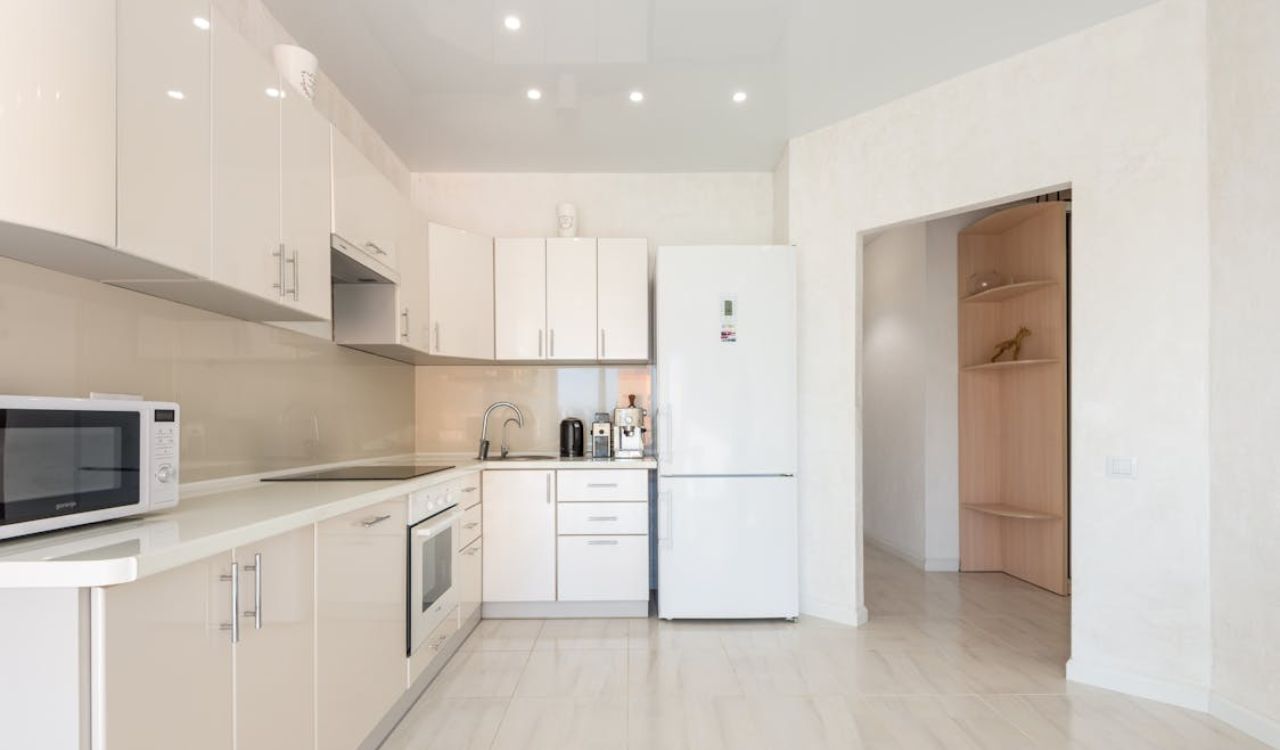How to Create a Restaurant-Quality Salad at Home
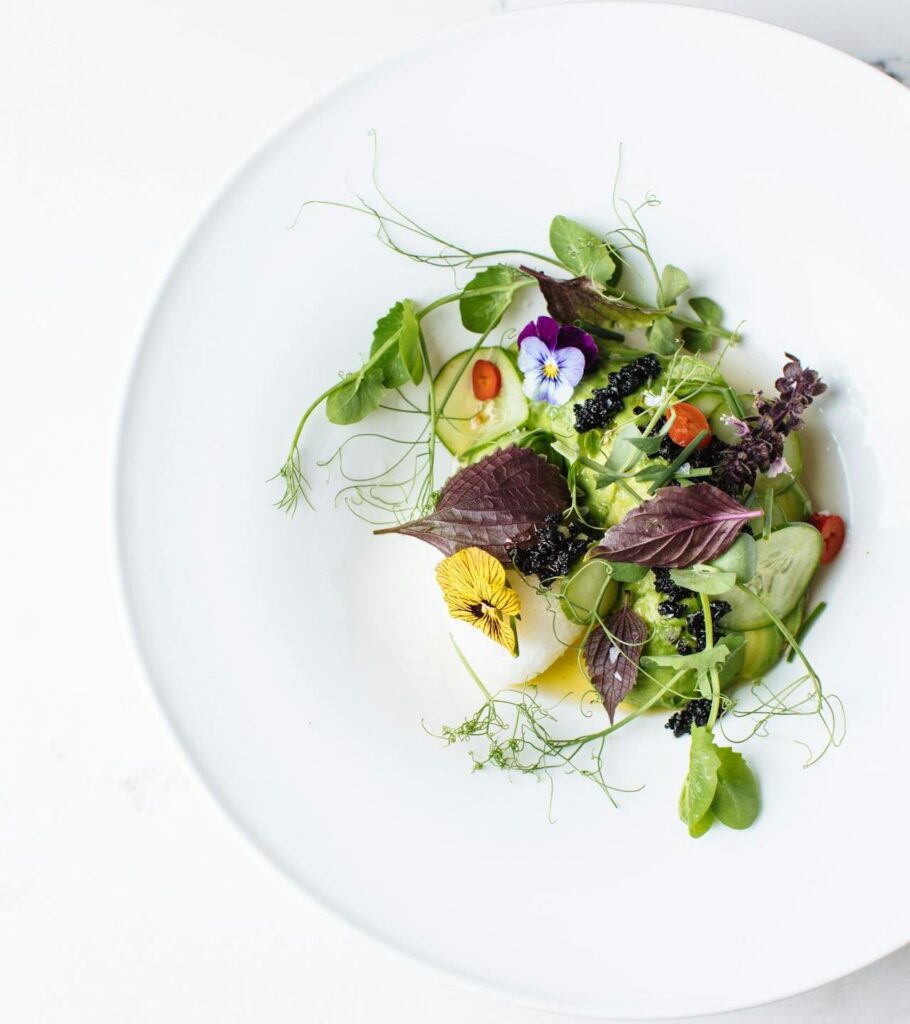
Salads can be boring if they’re thrown together without much thought. But when done right, they can be one of the most satisfying things you eat all week. The secret is that restaurant salads aren’t complicated; they’re just thoughtfully built. Every element, from the crunch of the lettuce to the tang of the dressing, is intentional. At home, you can use the same tricks chefs rely on to make a salad stand out. This means choosing the right base, layering flavors, and paying attention to presentation. With a little care, your salads will go from side dish status to main event, and you’ll actually look forward to eating them.
1. Start with the freshest greens you can find

The base sets the tone for your salad, so your greens should be crisp, vibrant, and full of flavor. Skip anything wilted or pale. If you can, buy from a farmers’ market or a store with high produce turnover. Romaine and butter lettuce give sweetness, arugula adds peppery bite, and baby kale brings an earthy note. Wash them thoroughly, then dry completely; wet leaves dilute dressing and make salads soggy. A salad spinner helps, but laying greens on a clean towel works too. Fresh greens are more than just healthy; they’re the canvas that makes everything else taste better.
2. Use a variety of textures

What makes restaurant salads so satisfying is the contrast in each bite. Combine tender greens with something crunchy, like toasted nuts, crisp vegetables, or even roasted chickpeas. Add chewy elements, such as dried fruit, or something creamy, like avocado or soft cheese. These changes in texture keep your palate interested and make the salad feel complete. The goal isn’t to overload the bowl but to make sure no two bites feel the same. Even something simple like sprinkling sunflower seeds over leafy greens can transform the eating experience.
3. Don’t skip the seasoning step

Restaurants season salads before the dressing goes on. A pinch of salt and a few cracks of pepper over your greens before tossing makes a big difference. This step brings out the natural flavors in vegetables and keeps the salad from tasting flat. You can also add a squeeze of lemon juice to wake everything up. Just be sure not to overdo it; season lightly, then adjust after the dressing is added. It’s a small step, but it’s one of the reasons restaurant salads taste so well-rounded from the very first bite.
4. Make your own dressing
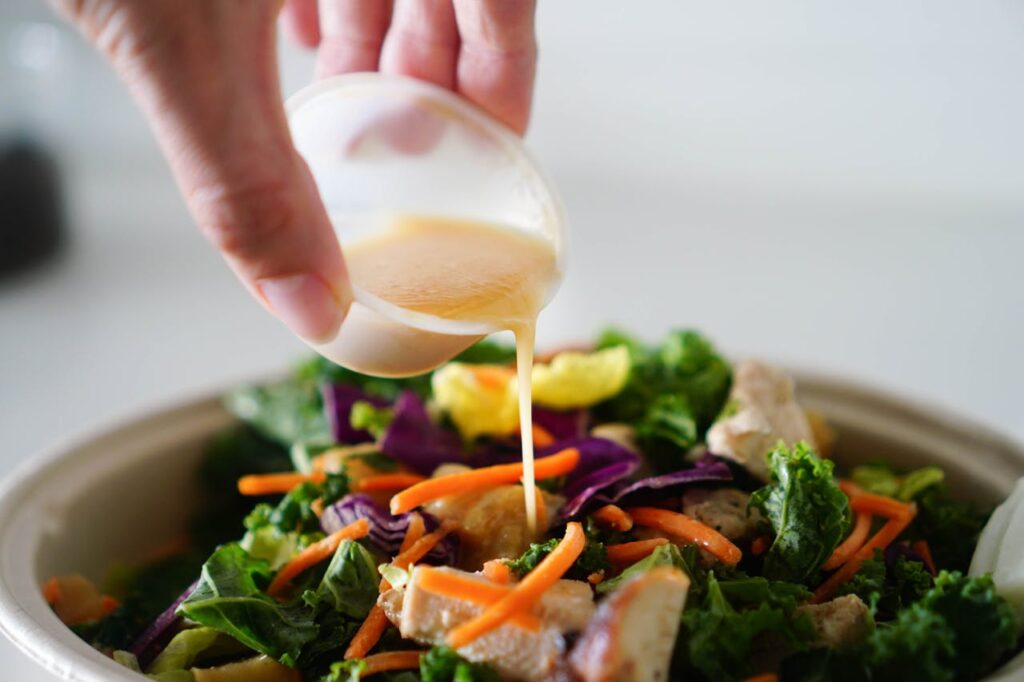
Bottled dressings can be convenient, but homemade dressing will always taste fresher and more balanced. A simple vinaigrette can be made in minutes: three parts oil to one part acid, plus salt, pepper, and a touch of sweetness if needed. Olive oil and lemon juice make a light, bright option, while balsamic and honey give a deeper flavor. Making it yourself also lets you adjust it to your liking; more tang, less sweetness, or a punch of garlic. The dressing should complement your ingredients, not overpower them, so start small and toss lightly.
5. Think about color and presentation
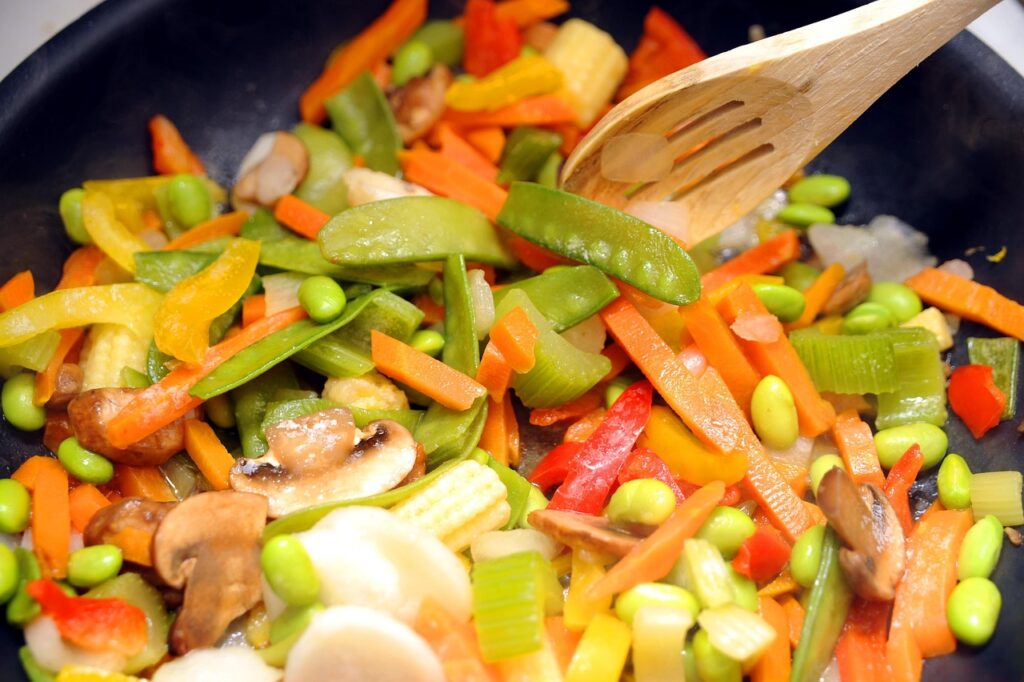
We eat with our eyes first. A visually appealing salad automatically feels fresher and more appetizing. Mix greens with bright pops of color from cherry tomatoes, roasted peppers, shredded carrots, or pomegranate seeds. Arrange ingredients so they’re evenly distributed rather than clumped together. If you want it to feel especially restaurant-worthy, layer the elements instead of dumping everything into a bowl. A little care in presentation not only makes the salad look beautiful but also ensures you get a balance of flavors in every bite.
6. Balance flavors like a chef
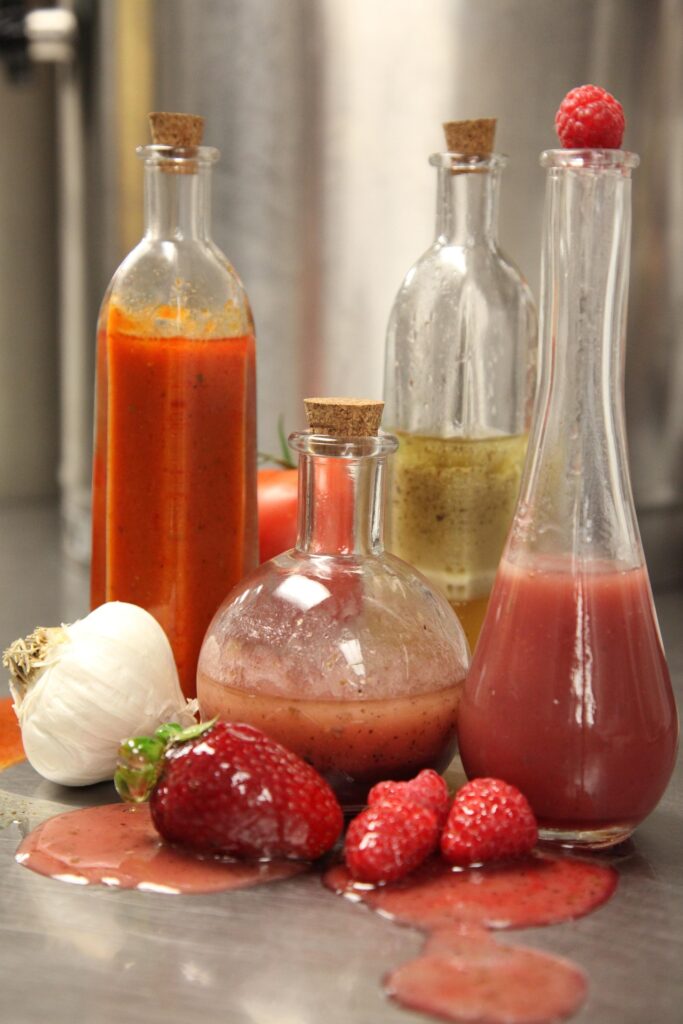
Great salads aren’t just a mix of random ingredients; they’re a balance of sweet, salty, sour, and bitter. Sweetness can come from fruit, roasted vegetables, or honey in the dressing. Salty notes might be from cheese, olives, or cured meats. Sour elements like citrus or vinegar brighten everything, while a hint of bitterness from greens or radicchio keeps it from being too sweet. Thinking about these elements as you build your salad makes it more dynamic and satisfying. Even a simple bowl of greens can taste complex if you nail the flavor balance.
7. Add a protein for staying power
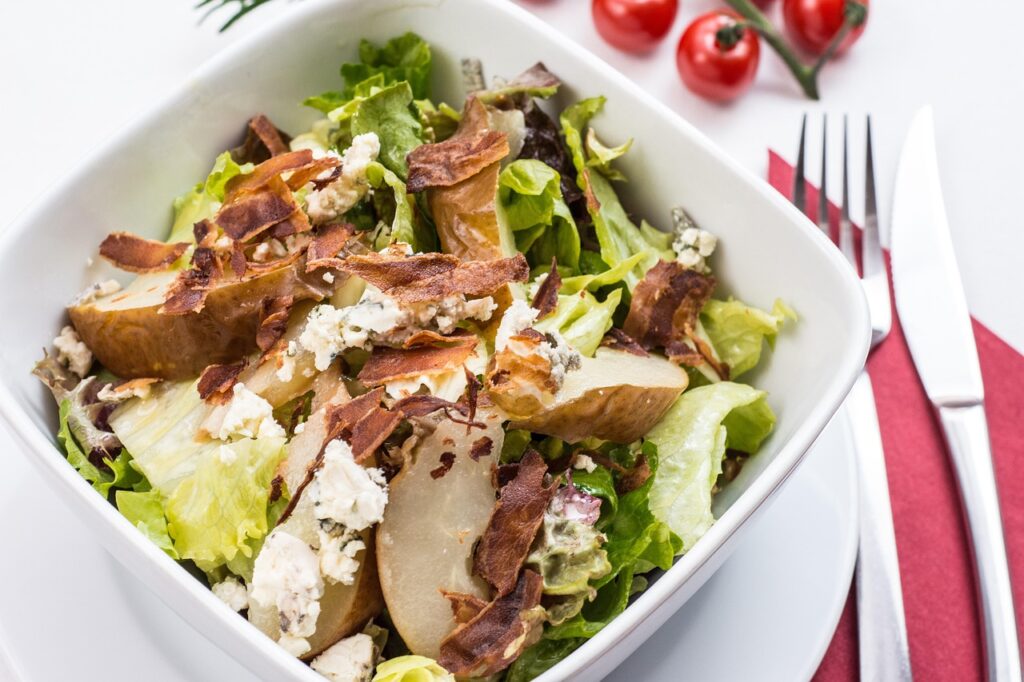
If you want your salad to feel like a full meal, protein is essential. Grilled chicken, shrimp, seared tuna, hard-boiled eggs, or even roasted chickpeas can make the salad more filling without weighing it down. Plant-based proteins like tofu or tempeh work well too, especially when marinated for extra flavor. Just make sure the protein complements your other ingredients-herb-marinated chicken pairs well with Mediterranean flavors, while soy-glazed tofu fits with Asian-inspired salads. The protein should blend into the dish rather than feel like an afterthought tossed on top.
8. Use herbs generously
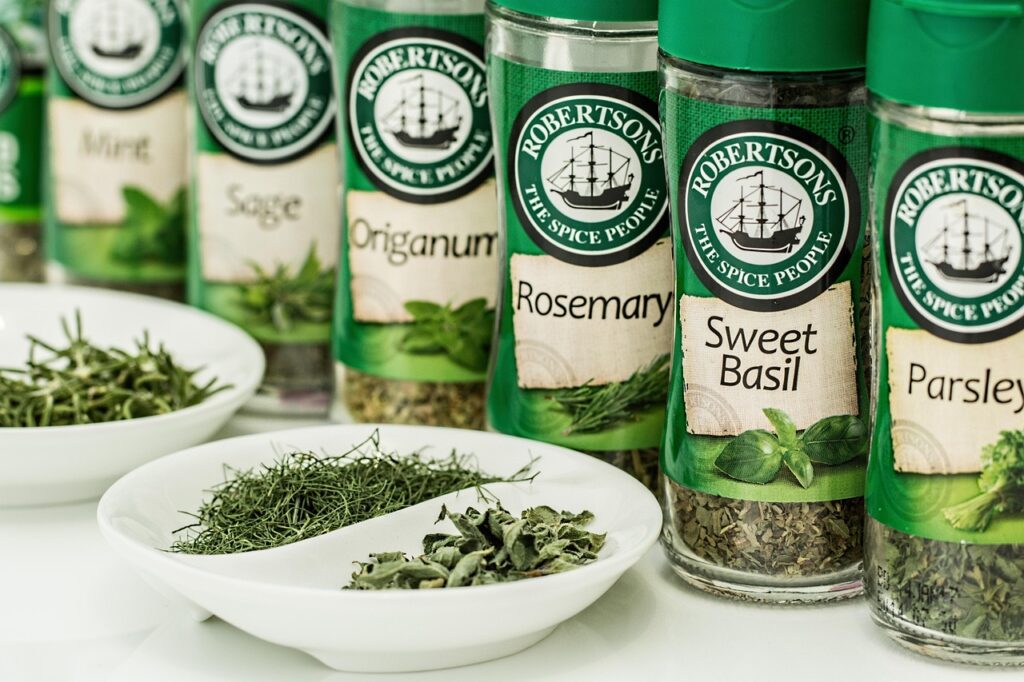
Fresh herbs can completely change the personality of a salad. Parsley brings brightness, basil adds sweetness, mint gives a cool freshness, and cilantro brings a citrusy edge. Instead of sprinkling them as a garnish, treat them like an ingredient-mix them into the greens so their flavor runs through every bite. Even small amounts make a big difference in freshness. If you’ve ever wondered why restaurant salads taste so fragrant and lively, it’s often because they’re using more herbs than you’d expect.
9. Play with temperature contrast
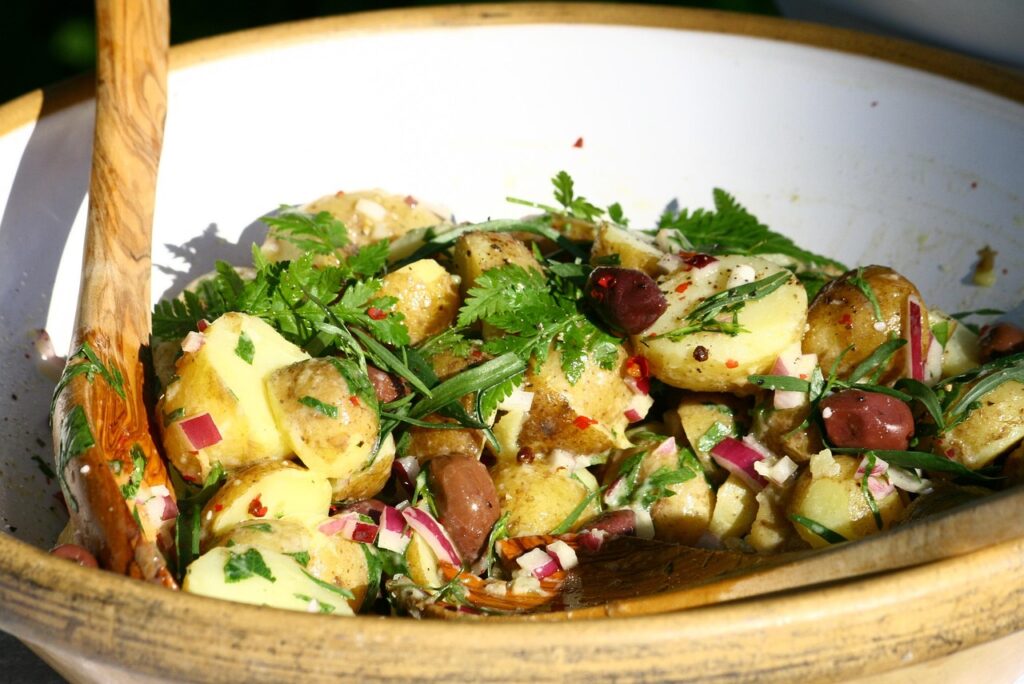
A great trick is mixing warm and cool elements. Think freshly roasted vegetables over chilled greens, or warm grilled chicken paired with crisp cucumbers. The warmth softens some ingredients while making others more aromatic. It also creates a more interesting mouthfeel. Just be mindful not to wilt your base too much-add warm components right before serving. This small detail can make your salad feel more like something you’d get at a nice café than something thrown together at home.
10. Finish with a special topping

The final touch is what takes your salad from good to memorable. This could be a sprinkle of toasted nuts, a few shavings of Parmesan, a drizzle of flavored oil, or even crispy shallots. These finishing elements add bursts of flavor and texture that surprise you with each bite. Restaurants rarely send out a salad without that last bit of flair, and you shouldn’t either. It’s the difference between a dish that feels complete and one that feels like it’s missing something.



